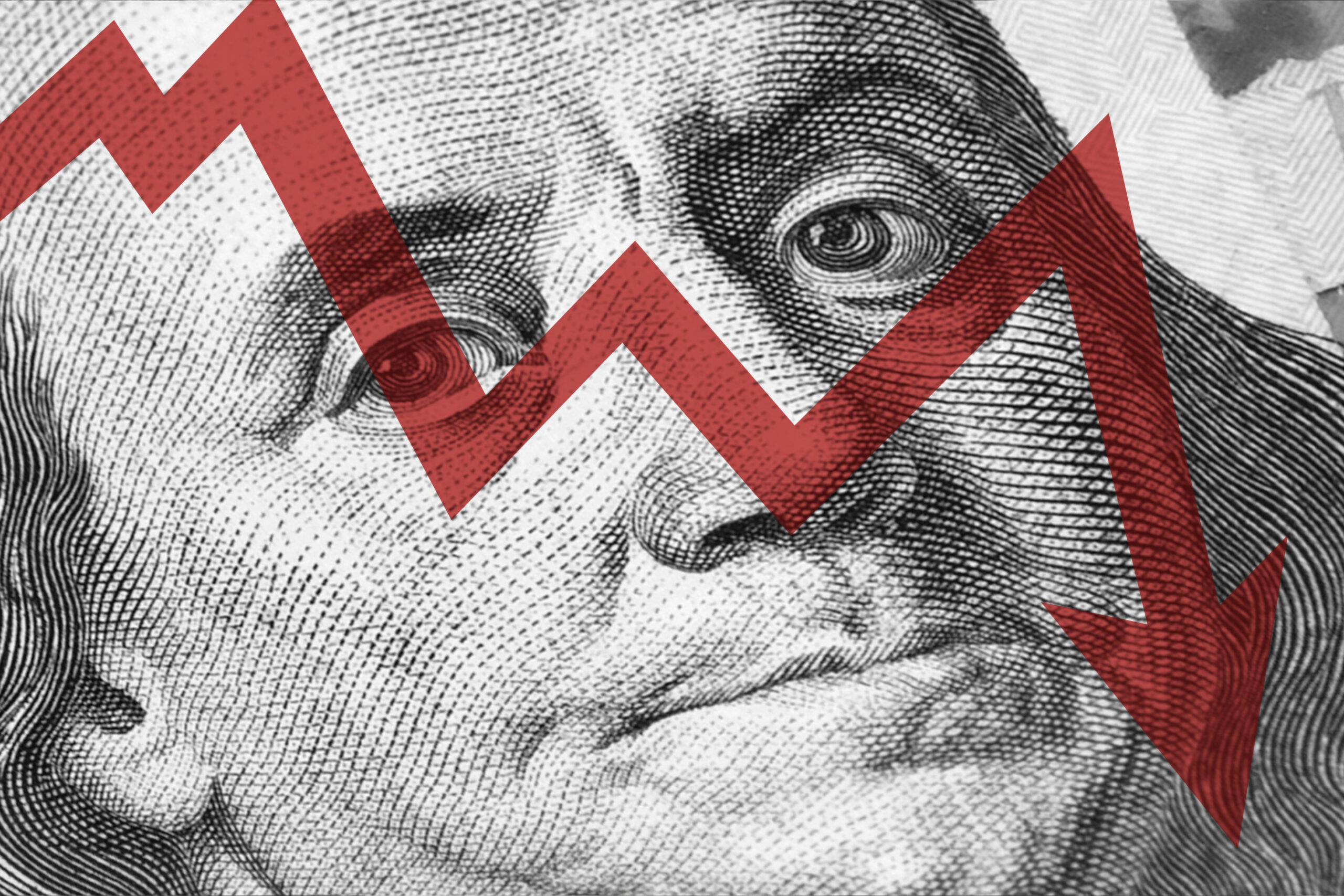Last updated:
Stock market: The Reserve Bank of India has the last guidelines issued on Project Finance. The central bank softened its earlier draft criteria, which reduced concerns about asset quality. This is more financially …Read more

Expectations of strong corporate income are also improving the perception of investors especially in banking, insurance and other financial services.
New Delhi. The Nifty Financial Service Index has increased by about 15.5 percent so far this year. With this increase, the Indian Financial Service has become a top performing area in the first half of Sector 2025. In the last one year, the Nifty Financial Services Index has consistently performed well and recorded a gain of 15.4 percent. In the last four months, the index has gained 3 percent in June, 1.3 percent in May, 6.5 percent in April and 9.2 percent in March. There was a slight decline of 1.7 percent in the index in January and 0.6 percent in February.
This is the reason for the fast
The 1.5 percent increase in Thursday session promoted the upper speed in the index due to reduced geopolitical tension, fall in crude oil prices and softening of US dollar index. These factors are attracting foreign portfolio investors towards Indian markets. Domestic institutional investors (DIIs) have also played an important role in supporting the boom. The expectations of strong corporate income in the April-June quarter of FY 2026 are also improving the perception of investors, especially in banking, insurance and other financial service.
RBI’s relief also effect
One major reason for recent optimism is the last guidelines issued by the Reserve Bank of India on Project Finance. The central bank softened its earlier draft criteria, which reduced concerns about asset quality. According to Motilal Oswal Financial Services (MOSL), under the new rules, the amount to be kept separately for the projects under construction has been reduced. Also, these guidelines will not apply to old loans, where financial closing has already been done. MOSL said that under the new rules, the standard provision for such loans has been reduced from the first proposed 5 percent to about 1-1.25 percent.











